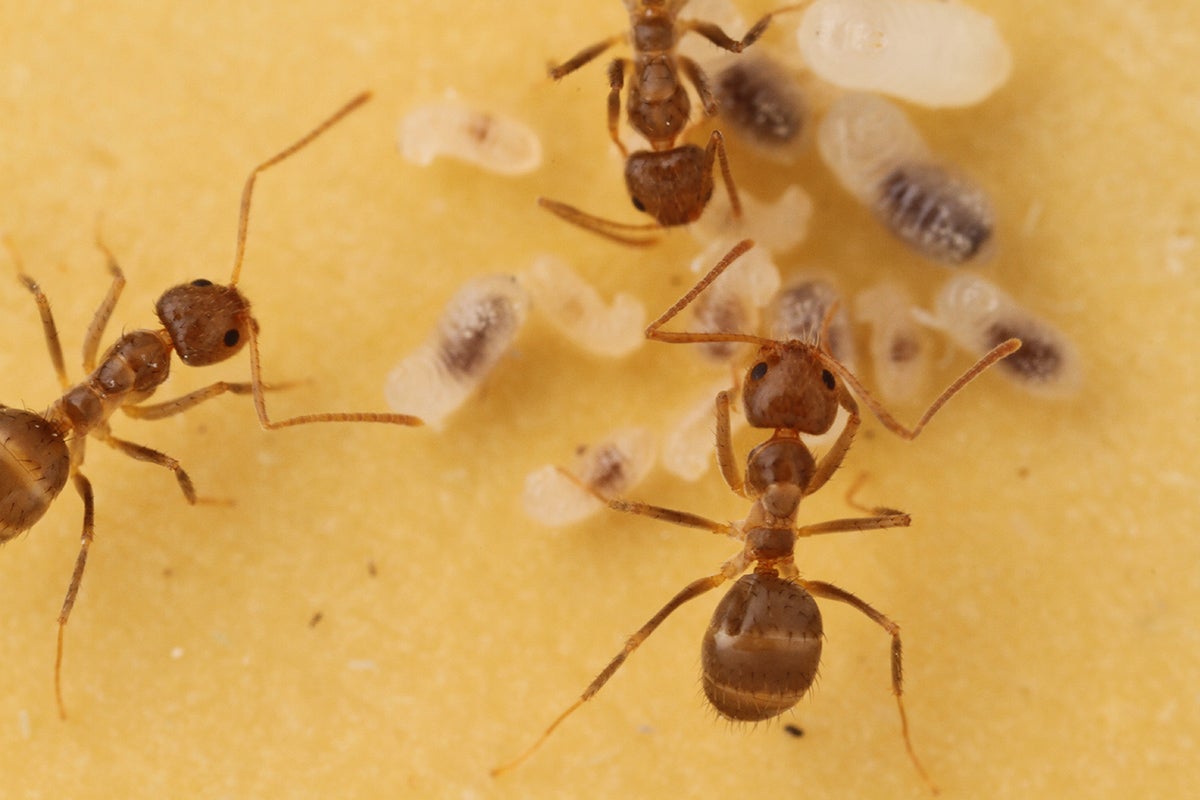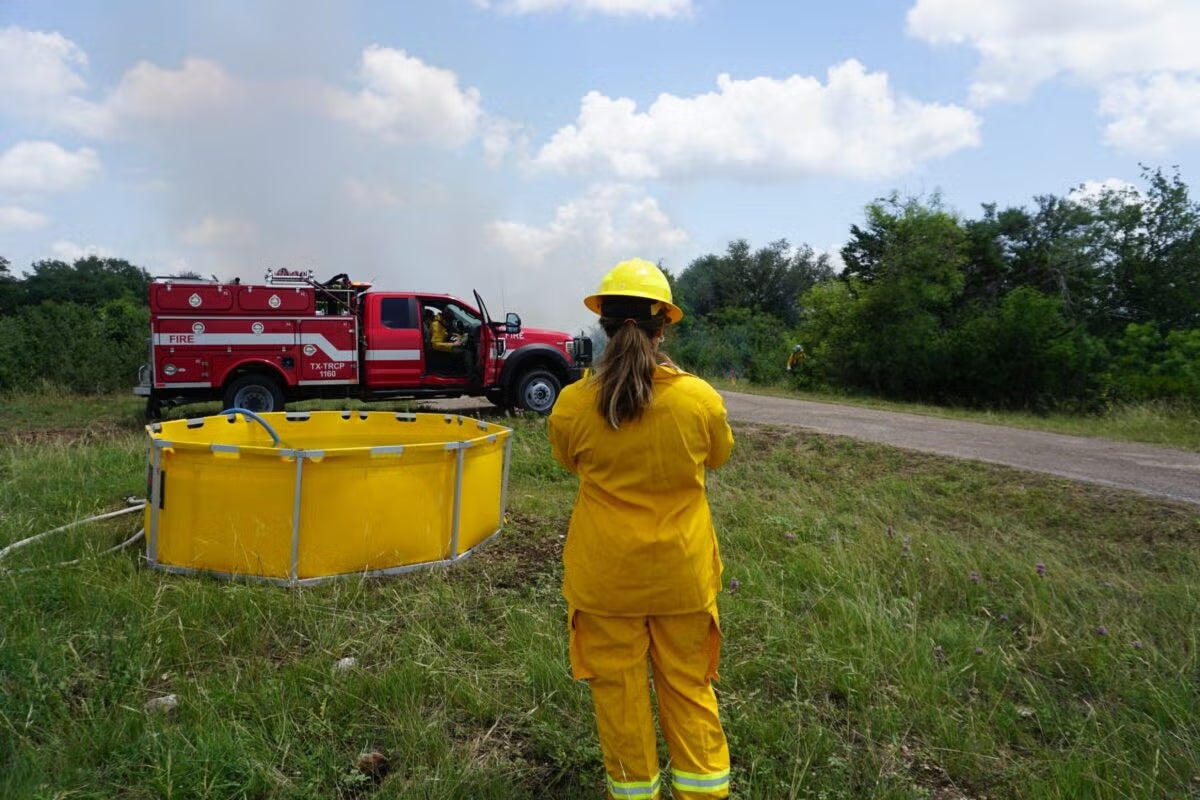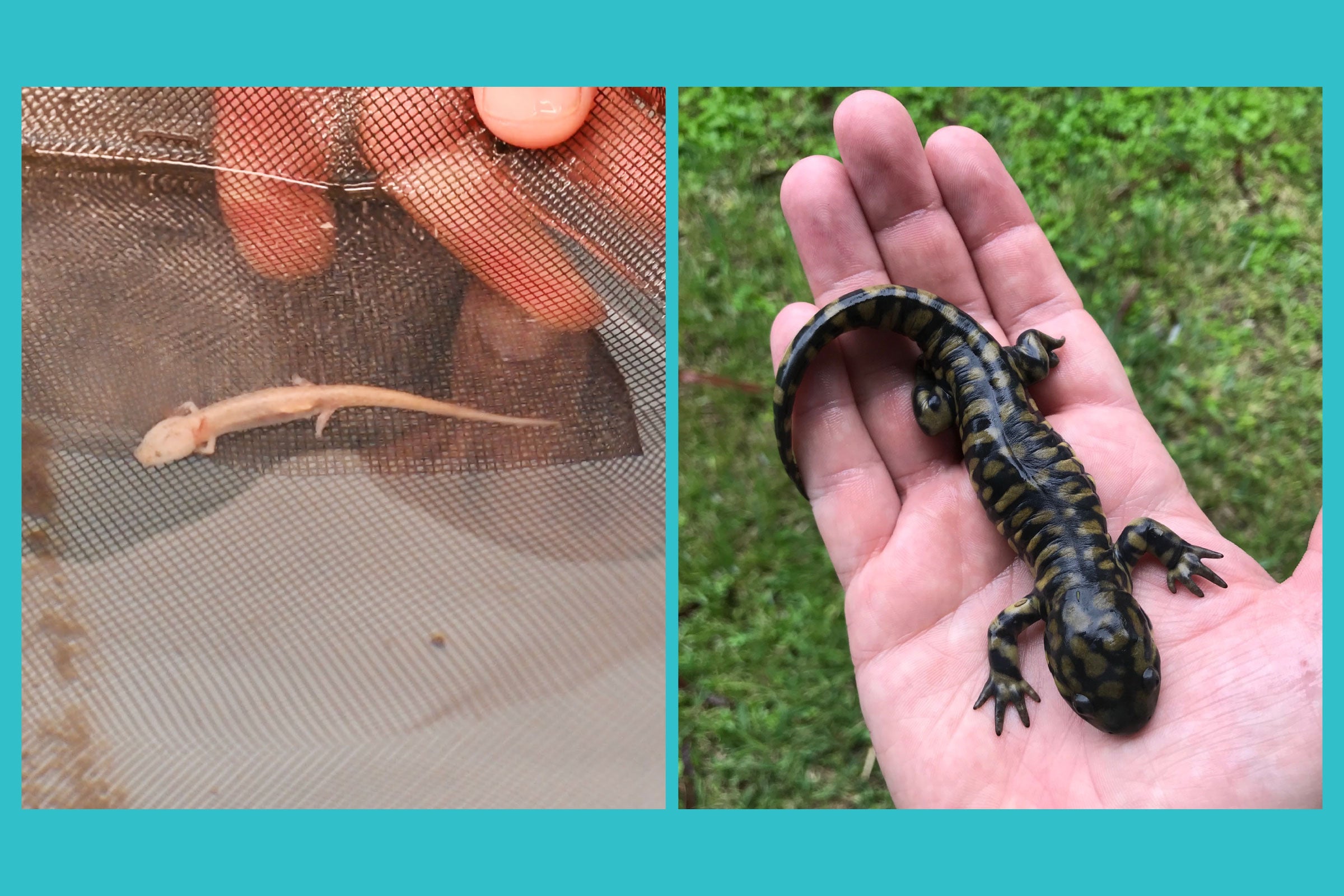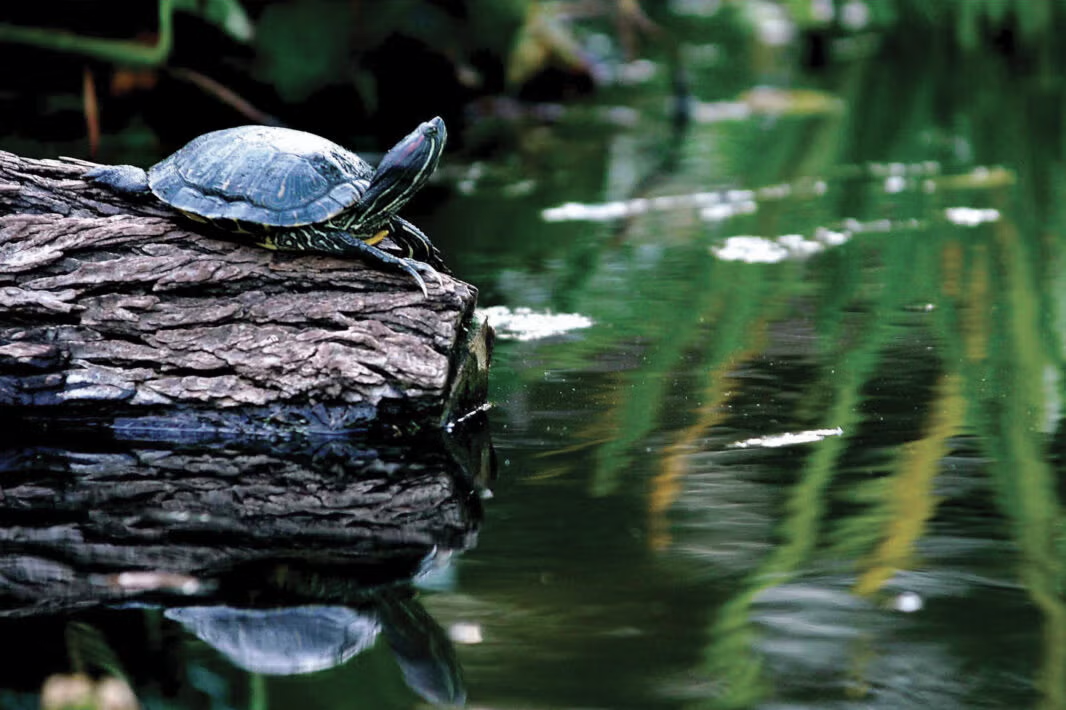News: Research
Destroying Crazy Ant Nest Structure Makes Them Vulnerable to Pathogens
Research initiated at a UT field station keeps progressing. That is good news for a war on an invasive species.

UT News
From Research to Results: UT-City of Austin Partnership Delivers
Tim Keitt and Ed LeBrun are among the UT researchers helping Austin, combat invasive species and plan for tomorrow.

Vulnerable Salamanders, Key to Healthy Ecosystems, a Focus in Two Studies
A pair of studies from UT Austin offer insights into these keystone species.

Extreme, Prolonged Drought Slashes Productivity of Grasslands, Shrublands
Research published in the journal Science on water-deprived plants involved Texas Field Station Network experts.

So What Should We Call This – a Grue Jay?
The rare hybrid offspring of a blue jay and a green jay is likely a result of weather-related shifts in the range of two species.

Nearly Half of Latin American Frogs and Toads Are at Risk
A new study shows that nearly half of frog and toad species in Latin America may lose their habitat range by 2050.

Big Brains and Big Ranges Might Not Save Birds from Climate Change
Global bird sightings from citizen scientists and a view into “climate niches” reveal unexpected risks for some birds.

Texas Connect
Turtle pond serves as living lab for student researchers
Justin Havird is leading students in a research project on the ecology and evolution of UT Austin's beloved turtles.

The Lesser of Two Weevils: Size Differences in Some Insects Lead to Tradeoffs in the Competition for Mates
The largest males have bigger weapons, but smaller males have other advantages.

For Rainforest Amphibians, the Bigger the Toes, the Higher They Go
In rainforests in Gabon, amphibians with larger toes relative to their body length are found higher in the forest canopy.

